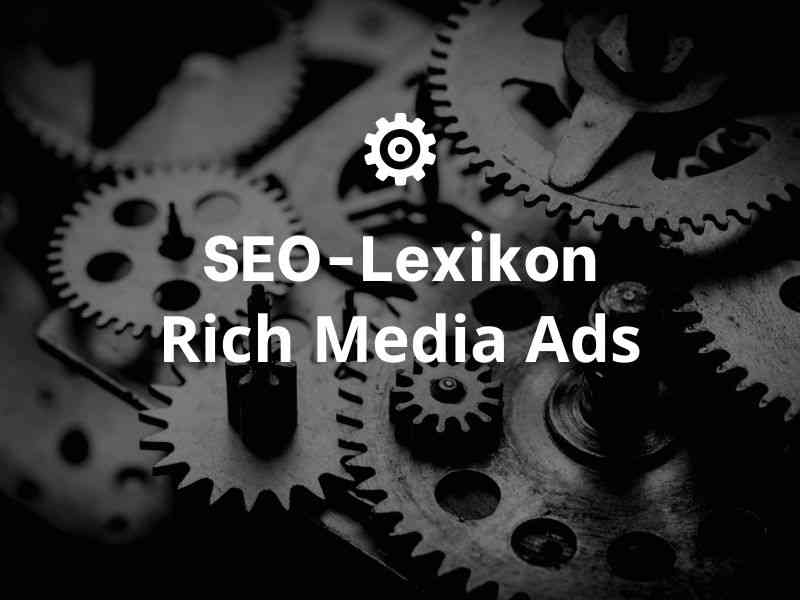The days when you could target users with a simple banner and simple advertising are long gone. Users have matured with the market, and as online media became oversaturated with advertising, users developed advertising fatigue or banner blindness.
An average Internet user is confronted with 1,707 advertising banners in a month, while the average click-through rate (CTR) the Banner advertising is only 0.11 %.
Even large, attention-grabbing banners embedded with relevant information go unnoticed as users overloaded with information focus on the ads.
Bedeutet dies, dass die digitale Werbung ihre Kraft verloren hat? Ganz und gar nicht, die Werbetreibenden müssen nur moderne Instrumente wie Rich-Media-Ads nutzen, die Ende der 90er Jahre eingeführt wurden, aber von vielen Marken immer noch übersehen werden. Diese Werbeformate weisen ein höheres Engagement und eine höhere CTR auf und bieten Werbetreibenden einen besseren ROI für ihre Werbeausgaben.
Let's take a closer look at these cutting-edge advertising formats, how to use them, and how they can help get your message across.
What are rich media ads?
The downward trend in ad profitability had been evident since the early 2000s, and advertisers turned to newer ad formats to reinvigorate their ad campaigns and engage audiences.
Rich media ads are banners that contain dynamic imagery, interactive elements, video sequences, audio, animations and everything that makes them special.
Rich media ads can usually adapt to the visitor's device and activities. For example, they can
- enlarge when clicked or touched,
- change the position on the page,
- move while scrolling,
- rotate while hovering, etc.
Rich media ads offer more options for interactions with the ads and provide a much more entertaining user experience.
Rich media ads are much more effective at grabbing viewers' attention and leaving a lasting impression. On average, rich media ads have 6 times higher engagement rates than static display ads.
Rich media advantages for advertisers
Rich media elements are not the magic pill that will guarantee the effectiveness of your ads. Rather, the ads need to be much more tuned and customized to work organically and produce results. That said, rich media ads have a much higher CTR than static banners. Even adding an outstream video component to your display ad can increase CTR by 15-20 %.
Due to a more sophisticated format and more diverse interaction options, rich media ads can provide more statistics and insights into user behavior and intent. With rich media elements, advertisers can measure not only impressions, but also video engagement, ad duration, and pre-interaction engagement.
With all this data, advertisers can better customize their campaigns, test more parameters in A/B tests, and develop a more comprehensive, long-term strategy for their advertising.
Advantages of rich media for publishers
Although static banners still have a large market share, they are gradually becoming an outdated advertising format. Rich media ads are gaining traction and acceptance year after year, as it achieves excellent results in terms of engagement and conversions. By limiting ad space to static banners, publishers are missing out on a large portion of demand.
Die Möglichkeit, Rich-Media-Ads zu schalten, erweitert den Pool potenzieller Werbekunden erheblich und kann bessere eCPM-Raten gewährleisten.
Higher eCPMs
Due to the many advantages for advertisers, rich media ads generally cost more than normal ads Banner advertising. Nevertheless, they offer excellent eCPMs compared to regular formats and increase the publisher's advertising revenue while maintaining audience loyalty and content experience.
« Back to Glossary Index


